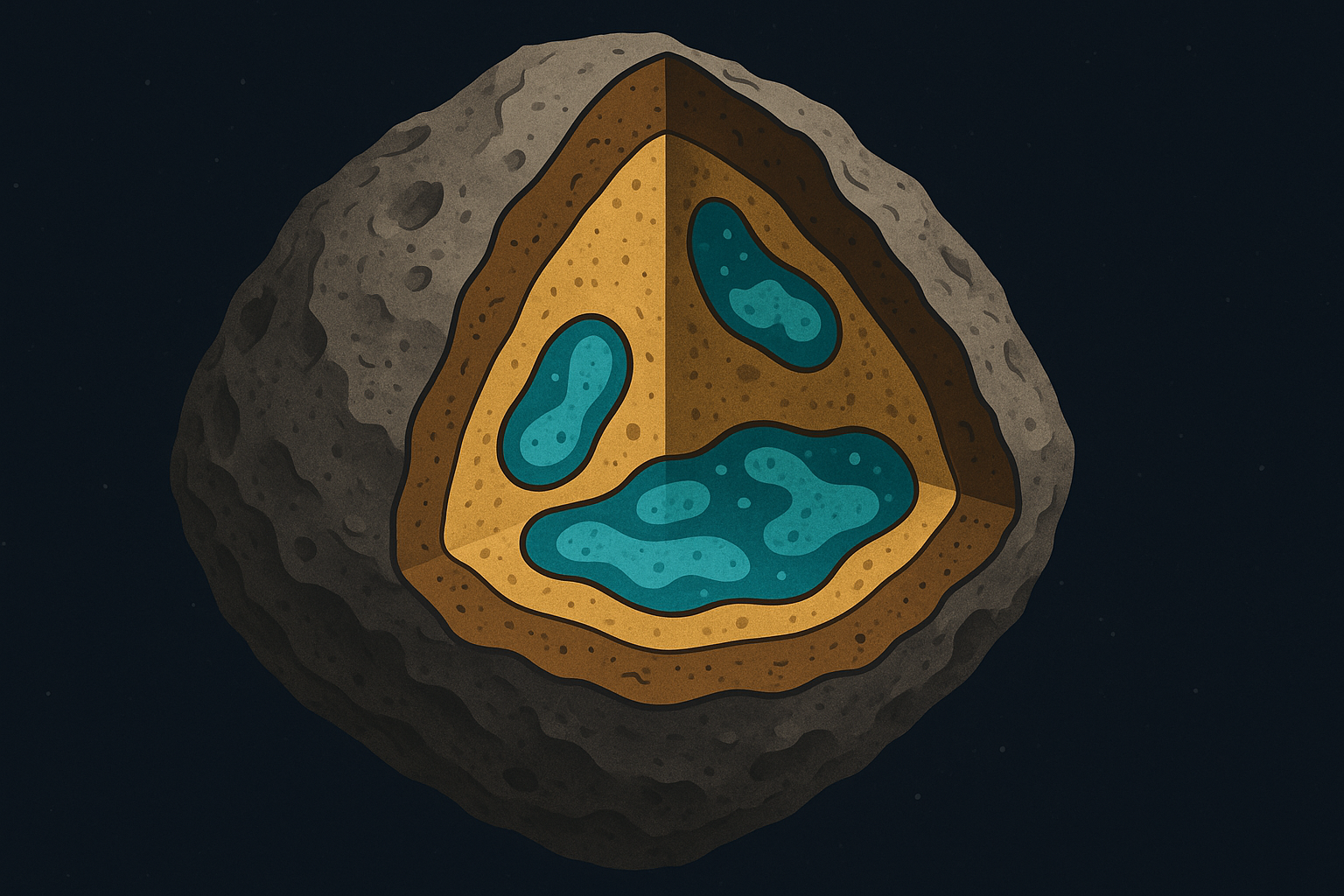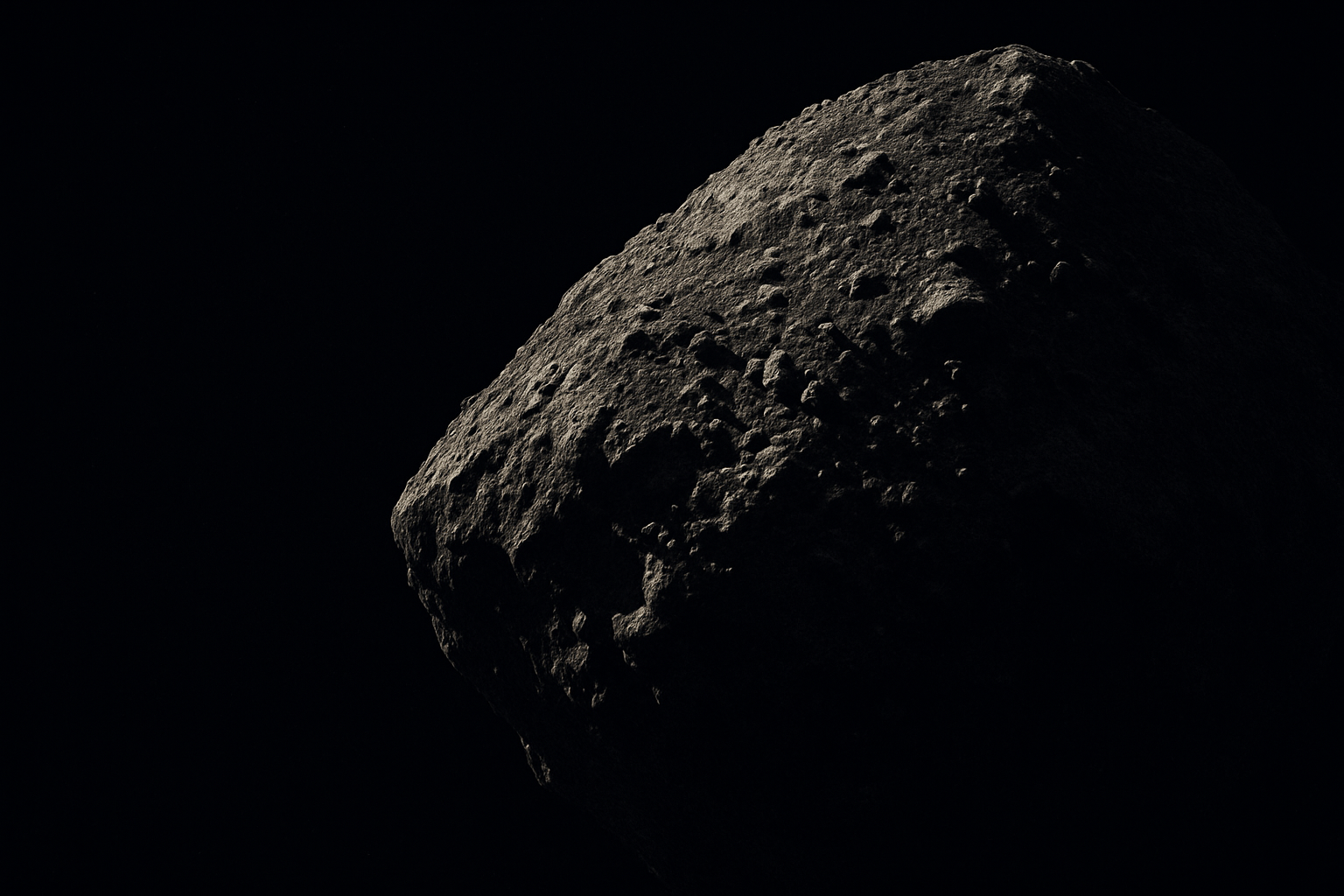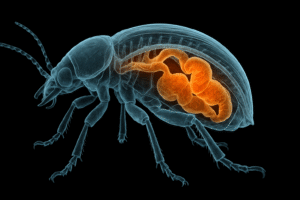Fun fact: Scientists have now confirmed that an asteroid floating millions of kilometres away contains all five nucleobases—the same chemical letters that spell out life on Earth.
There are moments in science when the universe seems to quietly tap us on the shoulder and whisper, You’re not as special as you think. The recent discovery that asteroid samples hold the building blocks of life, reported after examining material brought back from asteroid Bennu, is one of those moments. This study didn’t just find dust or frozen rock—it found nucleobases, ammonia, and traces of ancient brines. And in a world that often argues about borders, identities, and divisions, the cosmos has casually reminded us that the first ingredients of life may not have even been made on Earth.
This story is part wonder, part discomfort, and fully astonishing. Because if asteroids like Bennu carried the chemical seeds of life, then Earth may not be the birthplace of life—just the place where the recipe had the right temperature and time.
Cosmic Origins in a Handful of Dust
Asteroid Bennu is small—barely half a kilometre wide. Yet the sample NASA (National Aeronautics and Space Administration) collected from its surface through the OSIRIS-REx mission has turned out to be a cosmic pressure cooker of pre-life chemistry. Researchers found traces of briny salt crystals in the dust. These salty residues formed from ancient water, suggesting that Bennu’s parent body once had pockets of flowing fluids. That alone is enough to make scientists raise their eyebrows, because water in space is always a loaded discovery; wherever water goes, speculation about life soon follows.
But the discovery did not stop at water. Scientists also found adenine, guanine, cytosine, thymine, and uracil—the five molecules that make up the genetic alphabets of DNA (Deoxyribonucleic Acid) and RNA (Ribonucleic Acid). If these names bring back memories of biology class, good. They should. These aren’t exotic space chemicals; they’re the same letters stitched inside every cell of every creature on Earth.
Finding them on Bennu is like opening a cookbook from another world and realising it uses the same ingredients Your grandmother used for her recipes.
A Universe of Shared Chemistry
For decades, scientists have suspected that meteorites might have delivered organic materials to early Earth. But suspicion is one thing. Hard evidence is another. Bennu gives us that evidence—clean, unburned by atmospheric entry, untouched by contamination, sealed in nitrogen, and studied under high-precision instruments.
One of the most striking discoveries is the unusually high level of ammonia in the samples—nearly 100 times higher than what we find in typical soil on Earth. Ammonia is more than just a sharp-smelling cleaning agent; it is a nitrogen source, and nitrogen is essential for life’s molecular machinery. Its presence suggests that Bennu’s parent body formed in a cold, distant part of the solar system—far from the Sun’s heat, but rich in the raw ingredients that would later ignite the story of life on Earth.
If life needs carbon, hydrogen, nitrogen, oxygen, phosphorous, and sulfur, Bennu seems to have at least three on its ingredient list. And that feels significant for a rock that predates Earth itself by millions of years.
Why Bennu Matters
When we talk about “building blocks of life,” people often imagine a sci-fi scenario with wriggling alien microbes. That is not what scientists found. There are no organisms on Bennu—only potential, locked inside molecules. Potential that Earth seemed to crack open, while Bennu did not.
This raises a haunting scientific question:

Why did Earth go from ingredients to life, while Bennu did not?
Maybe Earth had the right heat. Maybe it had the right oceans. Maybe it had the right lightning storms. Or maybe it had sheer dumb luck. But what Bennu proves is that life’s ingredients were not handcrafted here—they were stock items from the universe’s own chemical warehouse.
This discovery nudges humanity toward an uncomfortable possibility: Life might not be Earth’s proud invention. It might be a cosmic accident sprinkled across planets and asteroids like seeds on a windy day.
The Philosophical Twist We Cannot Ignore
Maybe the most provocative part of the discovery is not the chemicals themselves, but the message they carry. If asteroids hold the same molecules that shape our bodies, then our origins are neither national nor cultural—they’re cosmic. Every cell in our body is stitched from molecules older than Earth, older than the Sun.
We like to think of ourselves as separate—nations, religions, identities, opinions. But when scientists look at asteroid dust under a microscope, the universe quietly laughs. All life, from a banyan tree to a blue whale to the person reading this sentence, is built from the same alphabet.
And now we know that alphabet didn’t start here.
A Reminder of Our Fragility
Bennu is also a near-Earth asteroid. It has a small but real chance of impacting Earth someday—not in our lifetimes, but eventually. There’s something poetic about this: the same rocks that may have delivered life might one day threaten it. The universe isn’t sentimental. It doesn’t care whether we exist. But it does leave clues for us to find, breadcrumbs of chemistry scattered across space.
The question is: will we learn from them? Or will they become another headline we scroll past?
Conclusion
The discovery that asteroid samples hold the building blocks of life is more than a scientific update—it’s an existential nudge. It challenges the idea that Earth is the centre of life’s story. It forces us to rethink how life began and where it might exist elsewhere. And it reminds us that our origins lie far beyond our planet, in frozen worlds where saltwater once flowed and chemistry quietly blossomed.
If Bennu carries the seeds of life, then the universe may be full of quiet gardens waiting for the right conditions to bloom. It’s a comforting thought—and a humbling one. And perhaps, the next time we look up at the night sky, we’ll feel a little less alone.
Author’s Note
Some stories don’t just inform—they rearrange your sense of place. Writing this one felt like standing at the edge of a classroom window at dusk, watching the sky turn indigo, and wondering how much of us comes from those distant specks of light. I wrote this not just because the science is extraordinary, but because it reminds us that curiosity is a form of courage. We look up because something inside us refuses to accept small answers. And that—more than chemistry—is what keeps life moving forward.
G.C., Ecosociosphere contributor.




